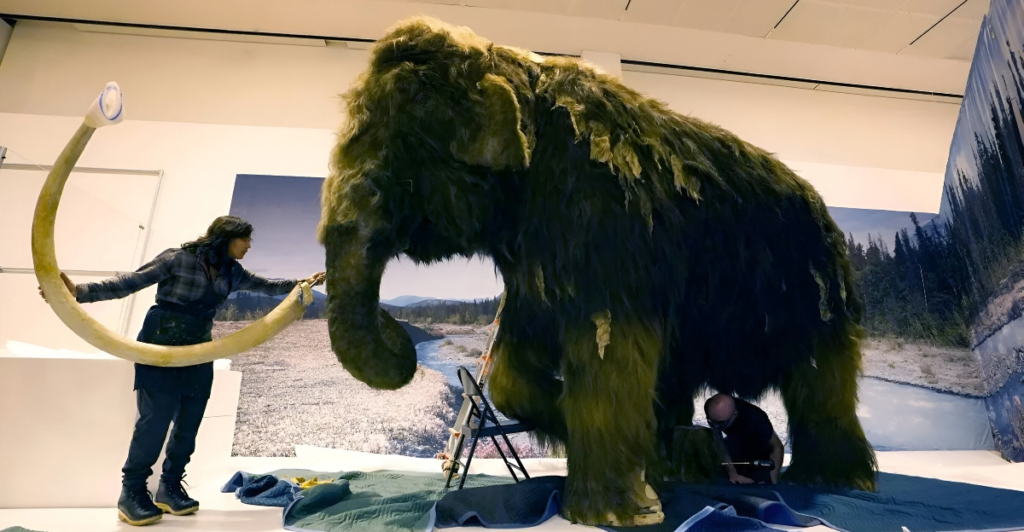
Colossal Biosciences are at the forefront of what they call “de-extinction.” The organization is leveraging cutting-edge technology to bring back animals from extinction. Just recently, they managed to allegedly bring back dire wolves, a species of wolf that went extinct more than 12,500 years ago.
The three dire wolf pups that they brought back are Khaleesi, Romulus, and Remus. Dire wolf DNA was taken from surviving fossils, and gray wolves were used as a reference point. Their genomes were modified using CRISPR technology to make their DNA much closer to that of their ancient and extinct relatives.
Now that they’ve revived a species that fills the same niche as the dire wolf has, they aren’t going to stop there. The dire wolf was just the start and Colossal Biosciences has set their sights on more extinct species.
A Huge Milestone
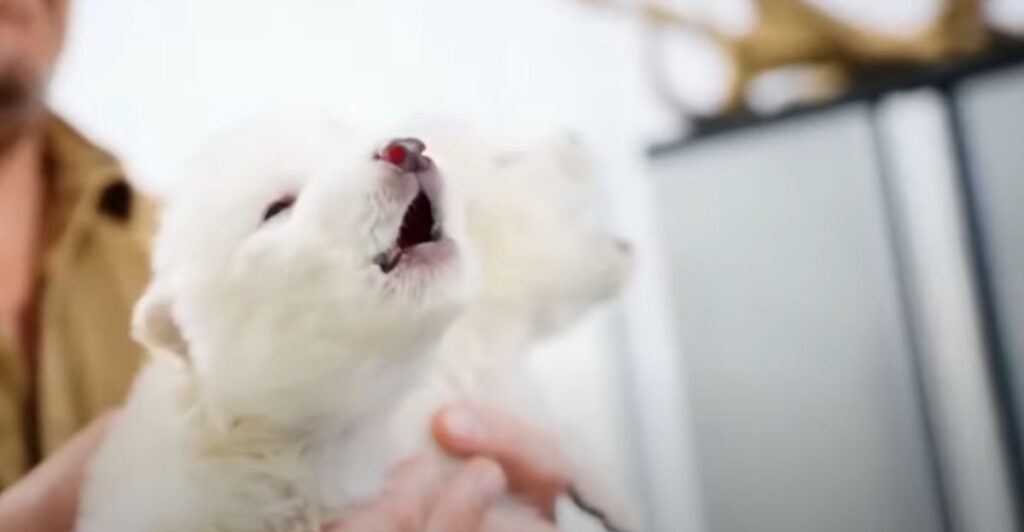
De-extinction isn’t a new concept and has been a scientific dream for decades. Colossal Biosciences has made this dream a reality by combining paleogenetics with synthetic biology. The return of the dire wolf marks a huge milestone, not just for the reintroduction of extinct species but also for the conservation of already living animals.
The extinction of a species can have widespread effects across ecosystems. Reintroducing a genetically modified species which has many of the same genetic hallmarks as the extinct species can fill an identical ecological role and restore balance to the ecosystem. This is Colossal Biosciences longterm goal.
With dire wolves being extinct for so long, it is uncertain whether they would still have an ecological role to play in their old ecosystems, as they would have changed dramatically since their demise. The three dire wolves that were reborn are being kept in captivity, which means that they will not have an impact on any ecosystem while being a proof of concept for future milestones.
How Does It Work?
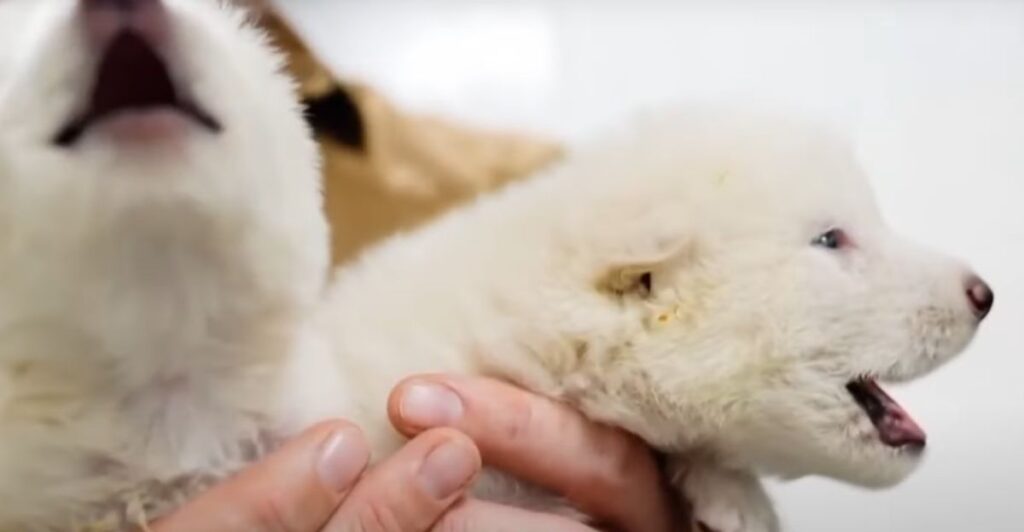
The way that Colossal Biosciences reintroducing these extinct species is by combining DNA with the closest living relatives. In the case of their efforts to bring back the woolly mammoth, they have found that the Asian elephant shares 99.6% of its DNA.
Advanced technologies like artificial wombs will help grow these hybrid animals without the need for living mothers, but for now, a surrogate is needed, usually a mother that is part of the closest living relatives.
This process, when developed, won’t be a work of science fiction and a huge milestone in itself, having implications for cloning animals without the need for surrogacy. The relative that they used for the dire wolf pups was the gray wolf, and they also used a gray wolf surrogate to bring them into the world.
Other Applications
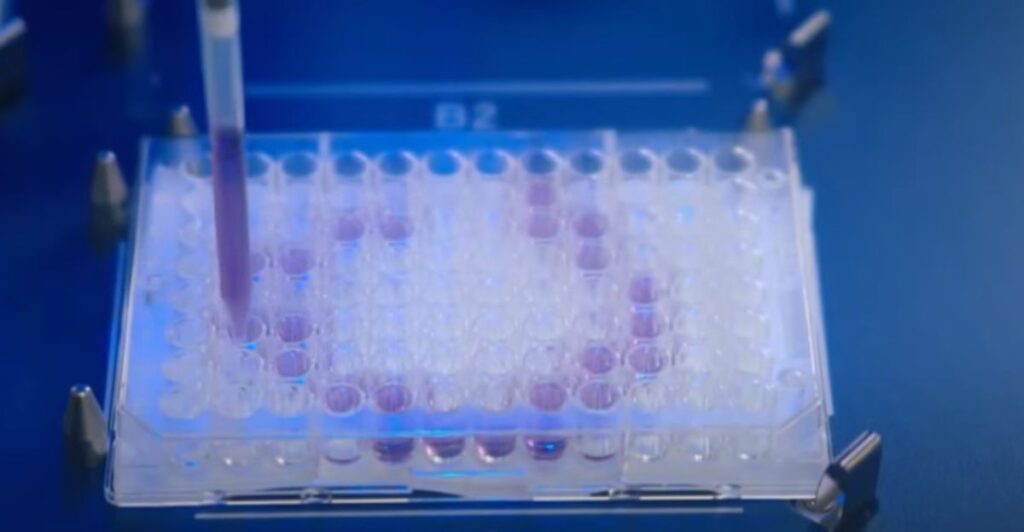
The amazing technological tools that Colossal Biosciences is working with have applications far beyond just bringing back animals. When they are closer to developing these artificial wombs, there are implications for human fertility and neonatal care.
Their genetic editing platforms could lead to incredible breakthroughs in disease prevention and other terminal illnesses like cancer. The genetic editing processes could also create more genetically resilient crops that shrug off the effects of climate change.
These innovations show us that the studies and research the organization is doing will have far-reaching effects on every living species in the future, such as tackling the unprecedented biodiversity loss we are currently facing.
Biodiversity Loss

Biodiversity loss is a massive and contentious issue. By 2050, projections from studies show that nearly half of all living species could be at risk of extinction. Colossal’s research and technology can help endangered species by improving their genetic diversity in the same vein as making more resilient crops.
However, this is a polarizing ideology, as many believe that animals’ genetics are just as important to be kept intact as their conservation. Genetically modifying endangered animals is a fine line to tread, as this could further disrupt their already delicate ecosystem and have implications for genetic-related diseases.
The approach is still considered an achievement as the alternative in the future could be letting the species die out forever. If done properly, these methods could improve genetic diversity, but only time will tell.
Economic Opportunity
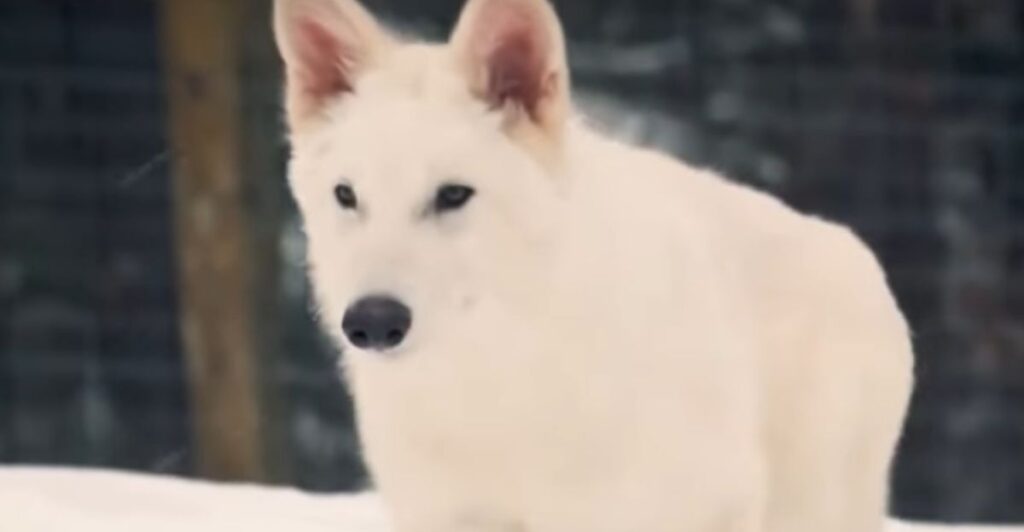
Colossal’s research and technologies have amazing potential beyond conservation efforts. Ecotourism is a growing industry, and people could be offered a one-of-a-kind opportunity to visit a conservation park filled with animals they have never seen before.
The dire wolves are the beginning, and even just these species could generate revenue if enough people are interested in seeing them up close. Other extinct species are looming over the horizon, and Colossal is setting its sights on the woolly mammoth and Thylacine next.
De-extinction technology could also be leveraged for other industries like agriculture and healthcare, benefitting the economy greatly if farmers can have better crop yields and people better access to medical care.
Ethical Concerns
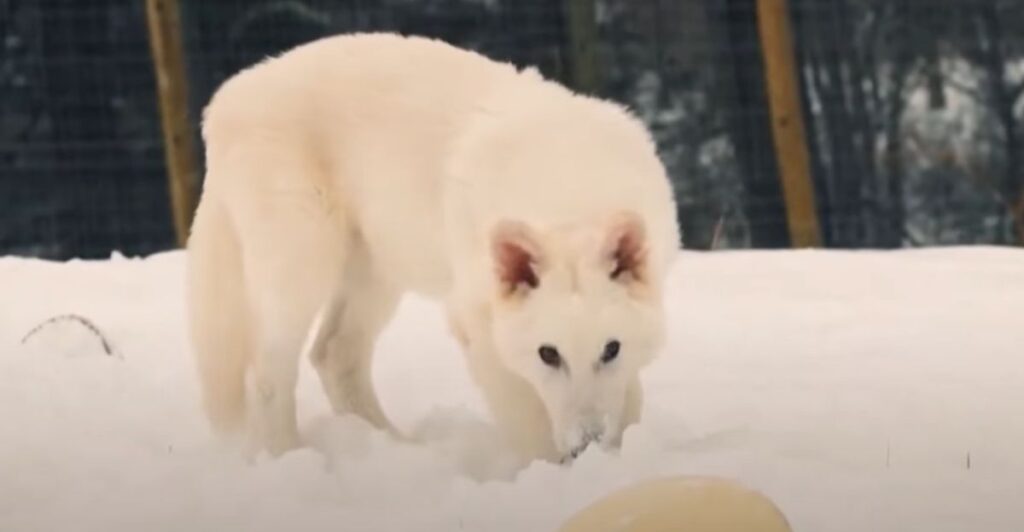
As a frontier in science, Colossal’s work has been met with a healthy amount of skepticism and ethical concerns. Many don’t want the organization to play “God” with nature and believe it could have unprecedented consequences if a revived species made its way into the wrong ecosystem.
Many experts have also weighed in, arguing that while the dire wolves were reintroduced in good faith and as a proof of concept for what advances are on the horizon, these genetic hybrids may not be true dire wolves, and instead a modified gray wolf that suits a similar niche to a dire wolf.
The company has said that they are working in the best interests of making a resilient species that will thrive in today’s environments. As ethical debates continue, Colossal believes that the benefits outweigh the risks.
Collaborations
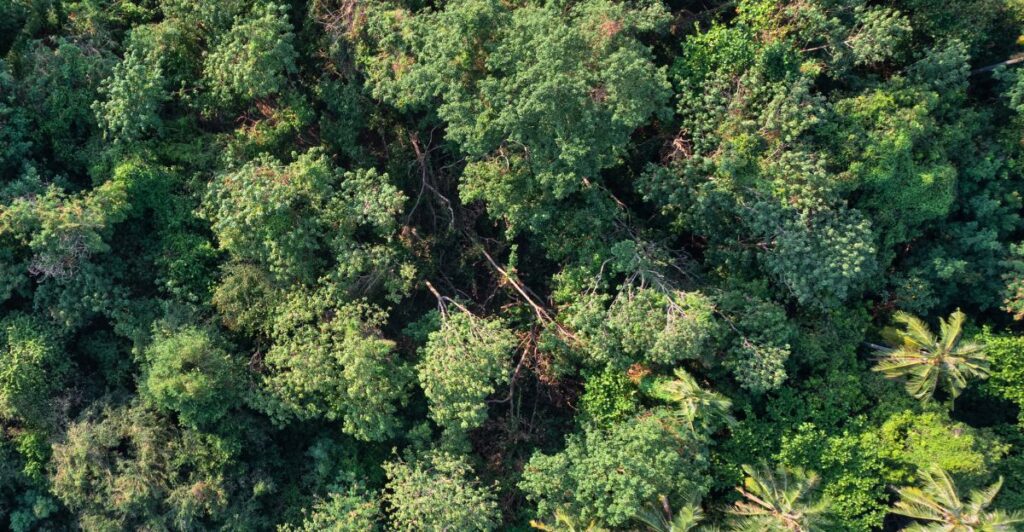
Colossal Biosciences’ research and development require a lot of dedication and a monumental effort. They are not doing this solely alone and collaborate with many other companies, including government and conservation organizations to address global ecological challenges.
Many nations have cultural or spiritual value in many of their animals, even extinct ones. To see them brought back into their borders would be an important part of heritage restored.
As Colossal’s resources are also being used for unique and cutting-edge ways of preserving endangered species, it is a win-win for both conservation programs and diplomacy. By working together, Colossal spreads its appeal and amplifies its impact on conservation and international cooperation.
Only The Start
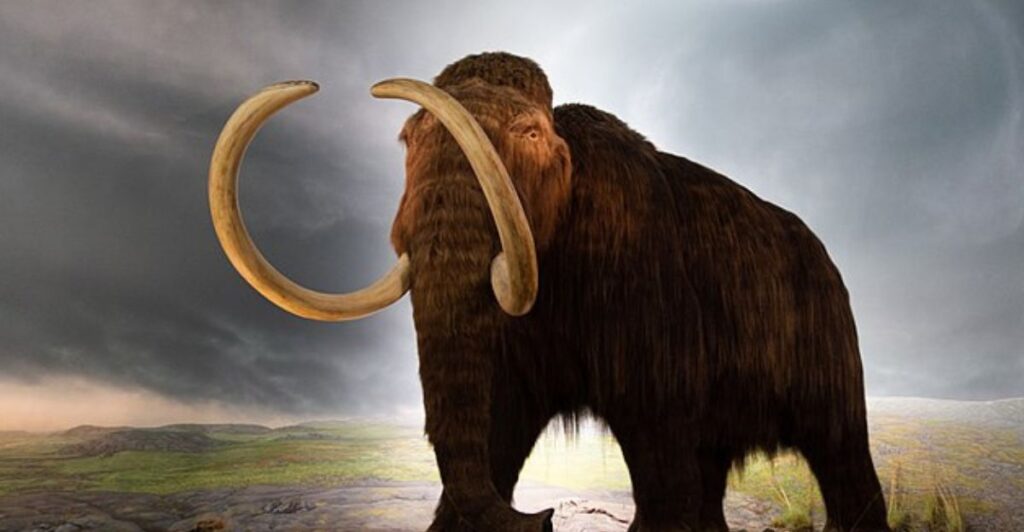
Colossal’s reintroduction of the dire wolves is only the start for them, and they have too many ambitions to stop now. Their roadmap has them reviving three other species that have been extinct for thousands of years. These species are the iconic dodo bird, the woolly mammoth, and the Tasmanian tiger.
The future could see them resurrect all of these species, along with the controversial implications that will accompany them. Their artificial womb technology will have broad implications for human fertility and conservation.
The future will no doubt see this technology used in agriculture, medicine, and climate solutions. Their bold plans put them at the forefront of biotech innovations and transformative societal impacts. As they expand their scope, they continue to be pioneers and push the boundaries of what is real and what is fiction.
The Future
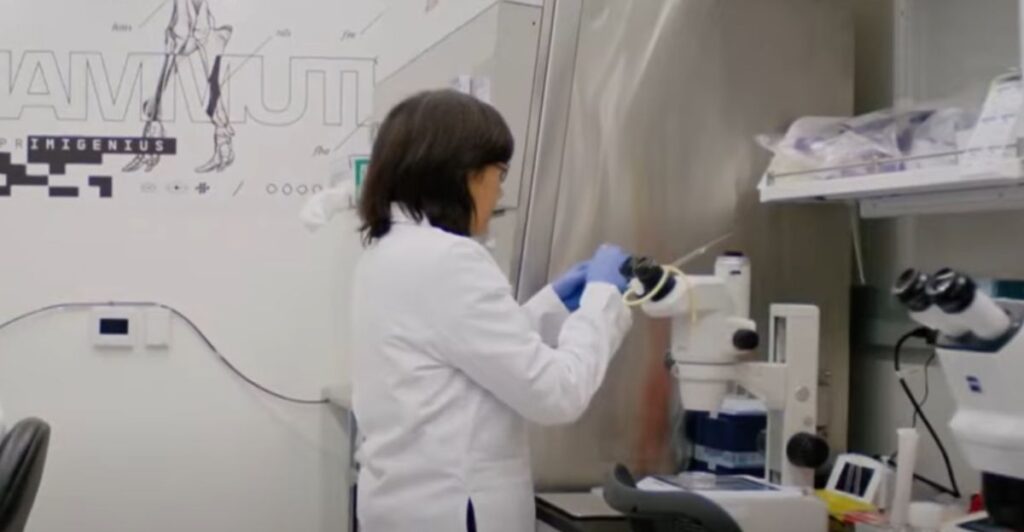
Colossal Biosciences shows us a future where bold ideas can redefine industries and address global challenges at the same time. By using their technology for so many different applications, all in the best interest of conservation, they could create tools that revolutionize many industries and improve the quality of life for many populations.
While skepticism and ethical concerns are healthy and valid, their vision could represent hope in an era of biodiversity loss and an uncertain future.
They have shown their bold step in trying to restore the balance on Earth, and only the future will show them as victors, or show us the hidden consequences of interfering with nature. It will be important to monitor their scientific breakthroughs and the societal implications of their work.
Explore more of our trending stories and hit Follow to keep them coming to your feed!

Don’t miss out on more stories like this! Hit the Follow button at the top of this article to stay updated with the latest news. Share your thoughts in the comments—we’d love to hear from you!







